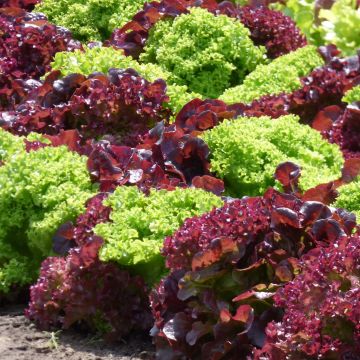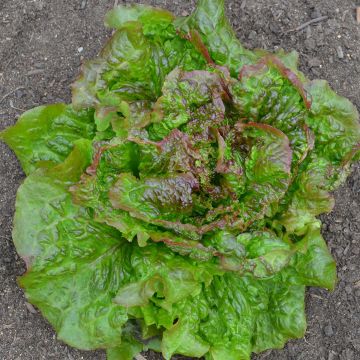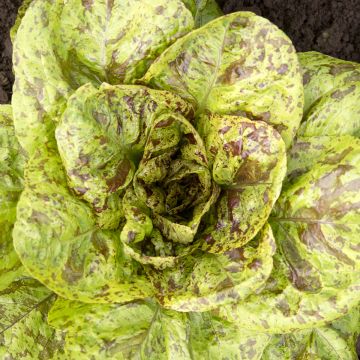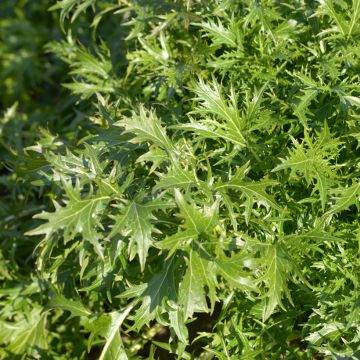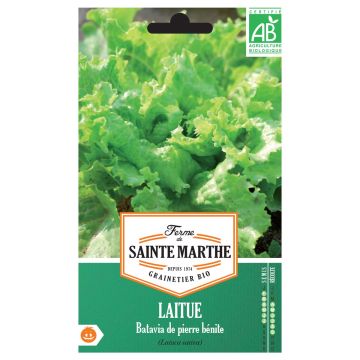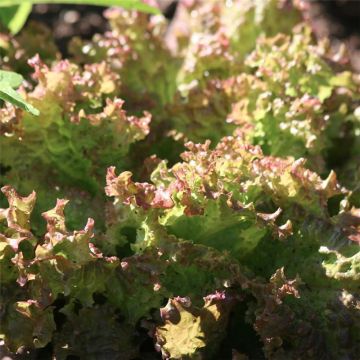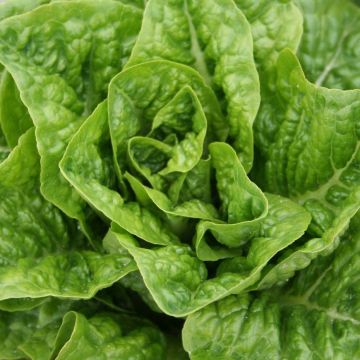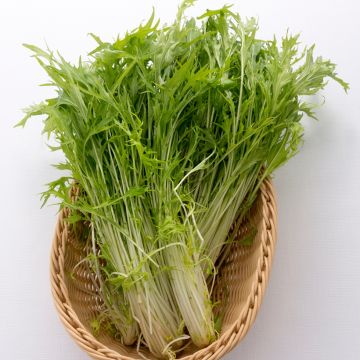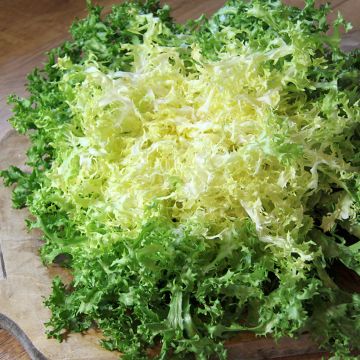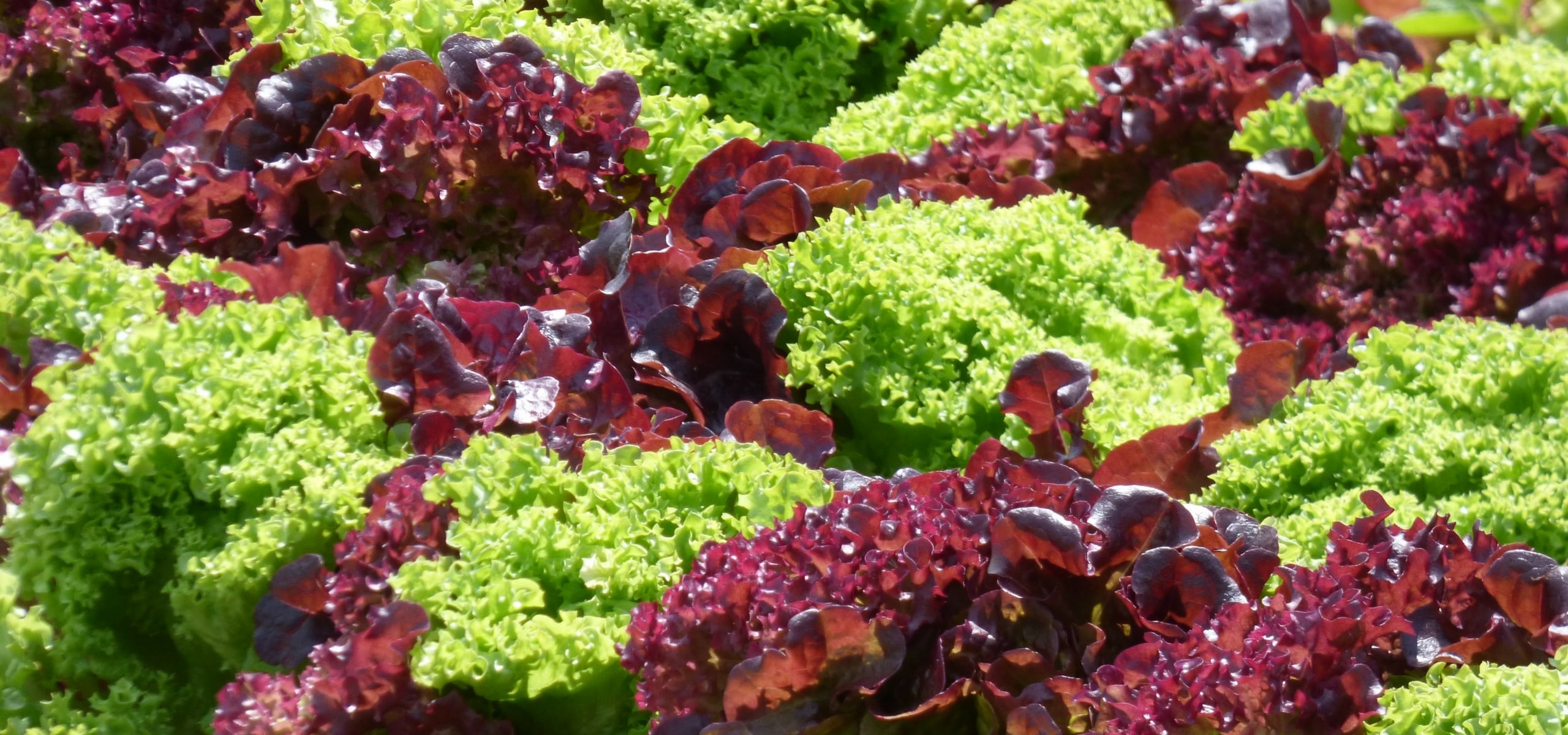
Succeeding in growing salads
How to sow and grow them?
Contents
Growing your own salads is a simple and rewarding pleasure for any gardener. These leafy vegetables, essential on our plates, are easy to grow and adapt to a variety of conditions. Discover all our tips on which varieties to choose, how to sow, care for, and harvest them. This way, you will be able to enjoy fresh and crunchy salads all year round!
What soil and exposure for salads?
In the vegetable garden, lettuces thrive in all rich, fresh, and light soils, whether neutral or slightly acidic. They need sunlight to flourish, but they are sensitive to extreme heat. The first and last sowings of the year are done in full sun, while the others are in partial shade.
Which varieties of lettuce to choose?
It is important to carefully choose your varieties: each salad corresponds to an ideal sowing and growing period. Some, known as “versatile”, like ‘All The Year Round’, can be sown for a large part of the year. But this is far from the case for all: sowing ‘Winter Tremont’ lettuce at the end of spring or ‘du Bon Jardinier’ in November is a doomed endeavour.
Discover other Salad leaf seeds
View all →Available in 1 sizes
Available in 1 sizes
Available in 1 sizes
Available in 1 sizes
Available in 1 sizes
Available in 1 sizes
Available in 1 sizes
Available in 1 sizes
Available in 1 sizes
Available in 1 sizes
How to sow and plant salads?
Sowing of salads takes place from February to October, depending on the varieties.
It is done directly in the soil, but you can also start from young plants that are then installed in the garden. When planting in the garden, be sure to respect the planting distances: salads need space to develop.
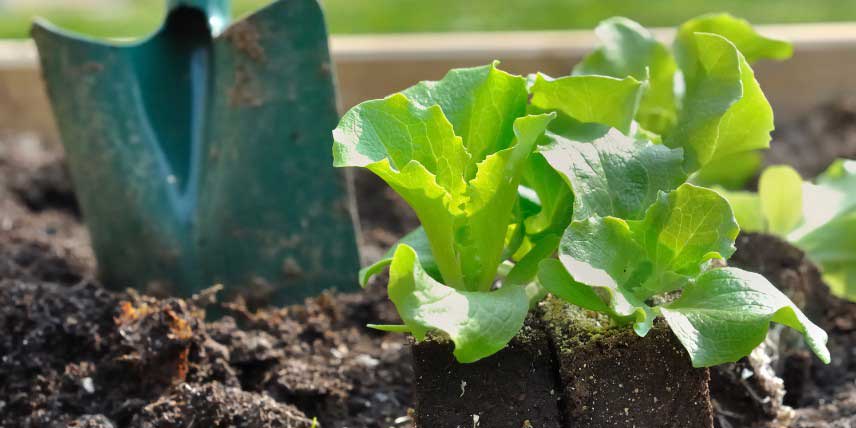
Planting of young salad plants in the vegetable garden
What are the ideal growing conditions for salads?
Growing salads is easy: they require no special care apart from regular watering, at the neck, at the base of the plant.
Once the plants are well-developed, mulching is recommended. If you leave the soil naked, you will need to carry out regular hoeing and weeding to prevent the appearance of weeds.
Salads are good companions; they pair well with all other plants.
How to care for your salads?
In spring:
Salads can fall prey to slugs and snails. The most effective method of control is the use of Ferramol. This slug repellent is safe and suitable for organic farming. Anticipate by spreading the pellets two to three weeks before sowing or planting to get rid of them as early as possible.
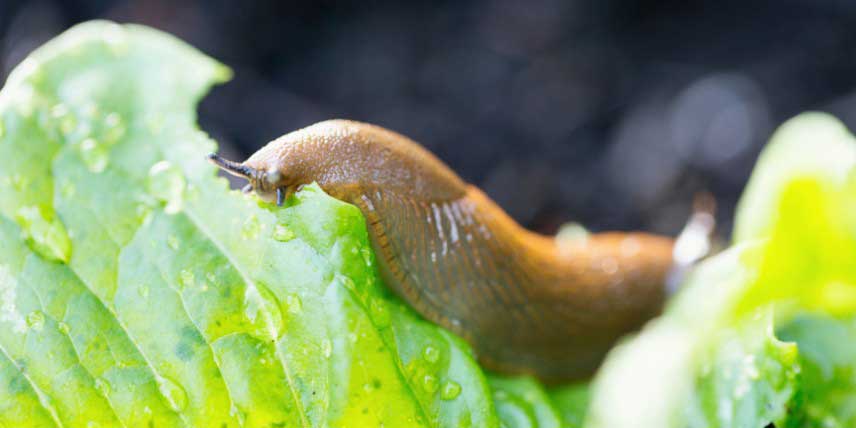
Slugs love to nibble on salads! Remember to protect your plants.
In summer:
During heatwaves, salads exposed to full sun tend to wilt. Remember to protect them with overturned crates. You can also intersperse your plants at the foot of climbing beans, cucumbers, and squashes: their foliage provides beneficial shade.
In periods of heat and drought, salads can prematurely run to seed: they develop their flower spike to produce seeds. Running to seed results from water stress combined with a “heat shock.” To counter this phenomenon, simply water regularly and apply a thick mulch to retain soil moisture. There are varieties selected for their resistance to running to seed, such as Batavia ‘Kinemontepas’ or butterhead lettuce ‘Craquerelle du Midi’. This is a good way to stack the odds in your favour: don’t miss out!
In autumn and winter:
To protect from the cold early sowings, lamb’s lettuce, chicories… you can plant under a frame, under a Nantes tunnel, or more simply, place a fleece cover over your salads to gain a few degrees.
⇒ Find our tips in our advice sheet: growing lettuces under cover
What are the main diseases of lettuce?
Salads can sometimes be affected by various fungal diseases such as grey mould (Botrytis cinerea) and lettuce downy mildew (Bremia lectucae). These diseases are favoured by a humid climate, as well as by confined environments. To prevent them, do not water by spraying the salad and ensure proper planting distances are maintained.
How to harvest salads?
The harvest is simply done with a knife: when they reach ripeness for Butterhead Lettuces and Chicories, as needed for Cut Lettuces, Lamb’s Lettuce, and at the “young shoots” stage for the small salads that make up the Mixed Salads.
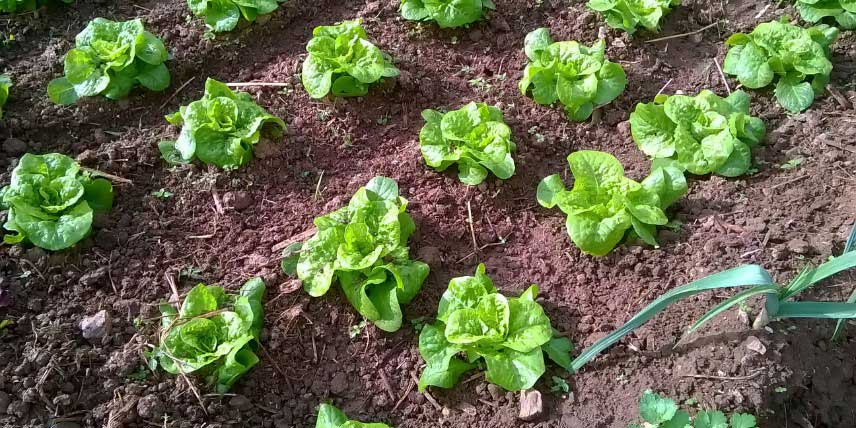
- Subscribe!
- Contents































